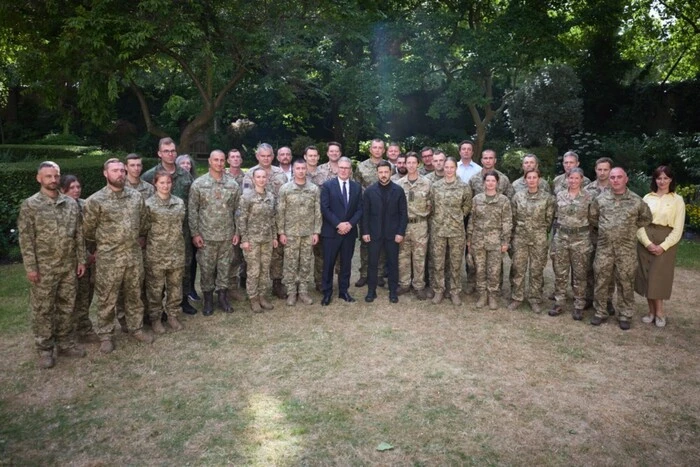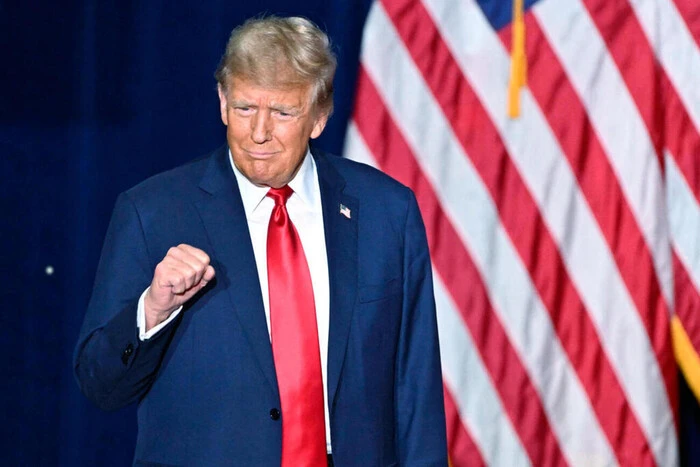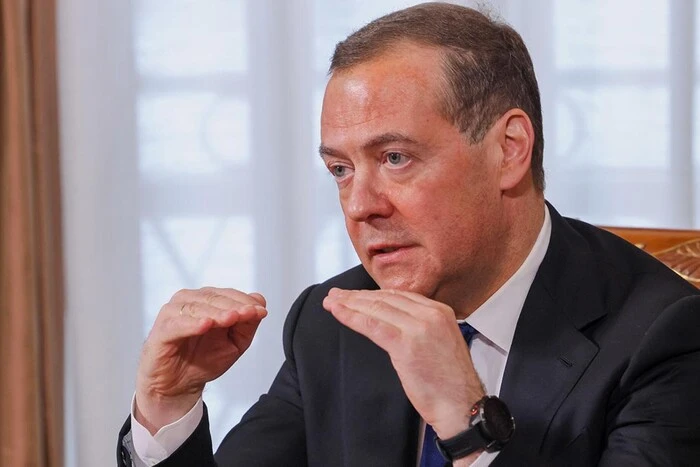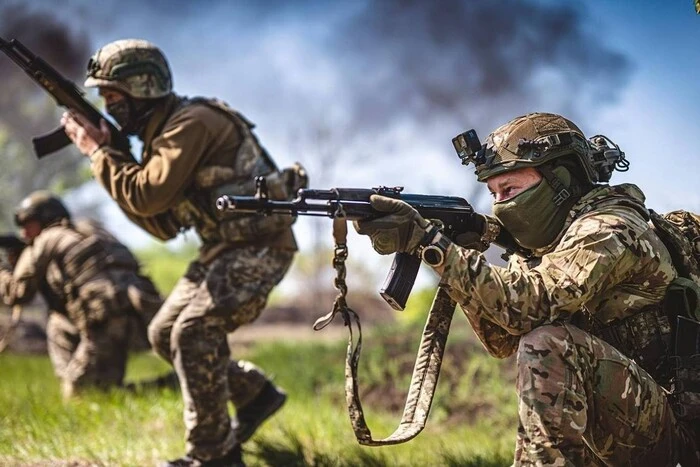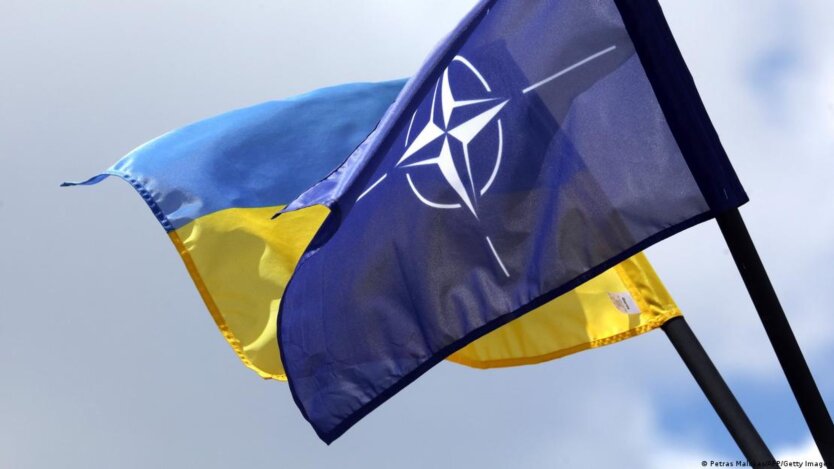Investments in Hydrogen Projects Accelerate – IEA.


In the last 12 months, investment decisions regarding hydrogen projects have doubled. China is the leader in this field, but capacity and demand remain low due to uncertainty. This was reported by the International Energy Agency.
Investment decisions foresee a fivefold increase in low-emission hydrogen production by 2030. In the past year, 40% of such decisions pertain to China, surpassing the growth rate of solar energy. However, demand for hydrogen accounts for only a quarter of the total production, which adversely affects the achievement of climate goals.
Most hydrogen projects are in the early stages, with threats due to demand uncertainty, financial difficulties, delays in incentives, regulatory uncertainty, licensing issues and operational problems. "Policymakers and developers need to consider tools to create demand, as well as reduce costs and establish clear rules that will encourage further investments in this sector," said the Executive Director of the International Energy Agency.
It has been stated that global demand for hydrogen could grow to 3 million tons by 2024, mainly in the oil refining and chemical industries. But this is driven by economic trends rather than successful policies. Currently, hydrogen demand is mainly met by using fossil fuels, while low-emission hydrogen has yet to play a significant role.
There remains high pressure on technology and costs for truck production. The production of electrolyzers is complicated by the higher price and limited supply, and cost reduction depends on technological development and achieving economies of scale.
Read also
- Zelensky and Starmer met with military personnel undergoing training under the Interflex program in Britain
- Trump called Iran's attack on the American base in Qatar a 'weak response'
- Medvedev made a loud statement about the nuclear arsenal for Iran
- Front line situation as of June 23. General Staff report
- Assassination attempt on Zelensky, suspicion against Chernyshov, Strike on Kyiv. Main events of June 23
- NATO Secretary General reveals the extent of military assistance: how much Ukraine will receive in 2025

